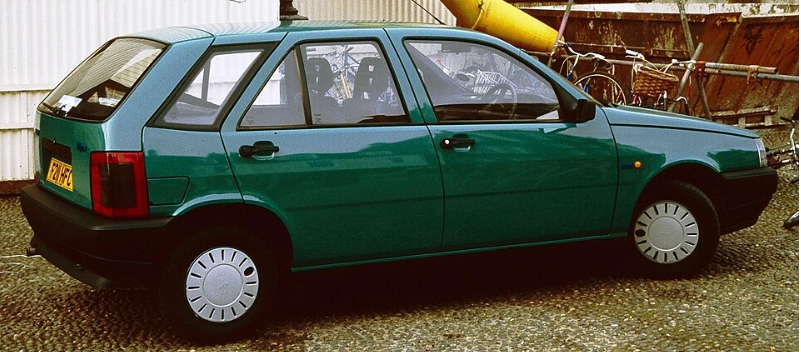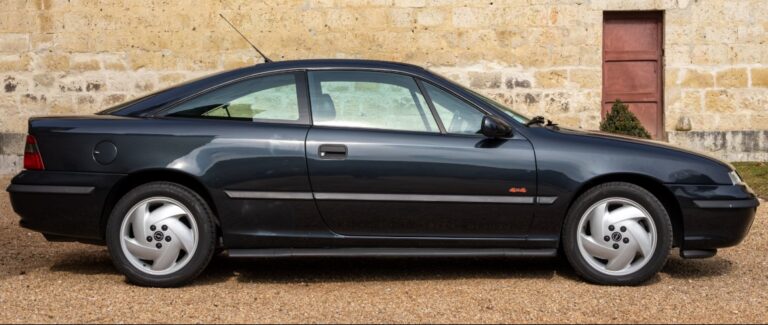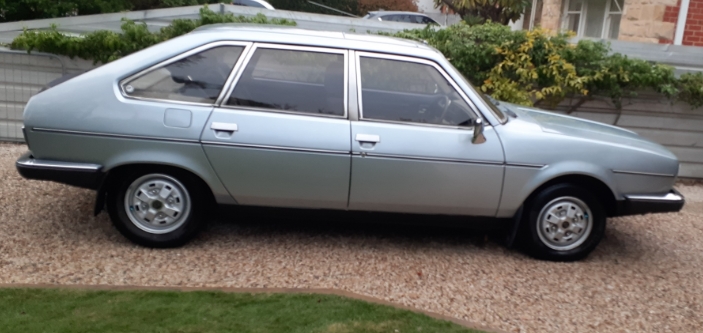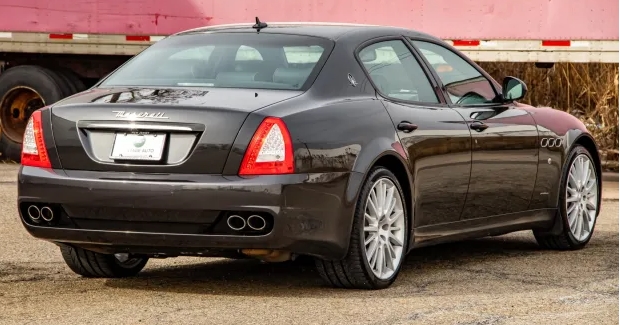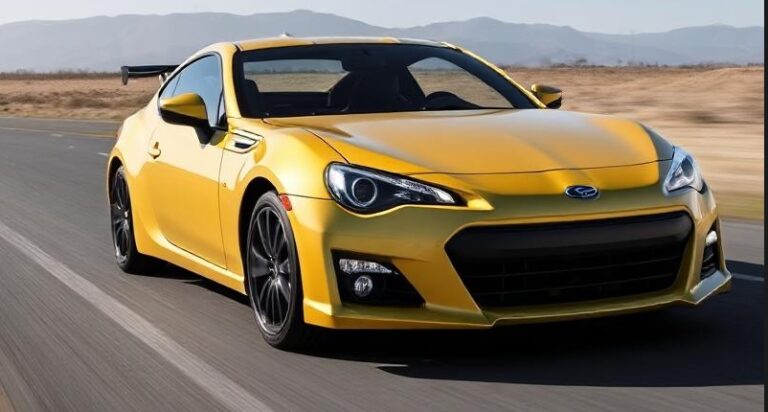The Evolution of the Fiat Tipo
The Fiat Tipo is a notable model in the Italian automaker’s lineup, recognized for its practicality, affordability, and evolving design. Since its inception, the Tipo has undergone significant transformations, reflecting changes in automotive technology, consumer preferences, and market demands. This article provides a detailed overview of the Fiat Tipo’s evolution, including its production years, various models, and trim levels offered throughout its history.
Origins and First Generation (1988–1995)
Introduction and Development
The Fiat Tipo was first introduced in 1988 as a compact family car aimed at competing in the burgeoning small family car segment. It was built on Fiat’s Type Three platform, which it shared with other models like the Fiat Tempra. The Tipo was designed to offer practicality, affordability, and a spacious interior, making it popular across Europe.
Production Years
- 1988 to 1995
Design and Features
The first-generation Tipo featured a boxy, aerodynamic design that was typical of late 1980s vehicles. It was available in various body styles:
- Sedan (Saloon)
- Hatchback (3 and 5-door)
- Station Wagon (Estate)
Models and Trim Levels
Initially launched with a range of petrol engines, the lineup expanded over time to include diesel variants. The main trim levels included:
- Standard: Basic features, manual windows, no air conditioning.
- S: Slightly upgraded interior, optional air conditioning.
- SX: Added features like power windows, better interior trim, and alloy wheels.
- GT: Sportier version with a more powerful engine, sporty suspension, and distinct styling cues.
Engines
- Petrol: 1.4L, 1.6L, 1.8L
- Diesel: 1.7L
The Type 1.6L and 1.8L engines were especially popular, offering a balance of performance and economy.
Market Position
The Tipo was well-received for its spacious interior and affordable pricing, becoming a best-seller in many European countries. It won several awards and was notable for its durability.
Facelift and Second Generation (1995–2004)
Facelift and Updates
In 1995, Fiat introduced a facelift to refresh the Tipo’s appearance and improve its features. The update included:
- Redesigned front grille and bumper
- New headlights and taillights
- Interior improvements, including better materials and features
New Engines and Technologies
The second-generation Tipo saw the introduction of new, more efficient engines and better safety features. Diesel options included modern turbodiesels, and petrol engines gained electronic fuel injection.
Models and Trim Levels
The 1995 facelift brought more refined trim levels:
- S: Basic model with essential features.
- SX: Mid-range, added comfort features.
- ELX: Higher trim with upgraded interior, better audio systems, and optional air conditioning.
- Sporting/GT: Sportier variants with more powerful engines and sport-tuned suspension.
Notable Variants
- Tipo 5-Door Hatchback: Popular family vehicle.
- Tipo Sedan: Continued production for markets requiring saloons.
- Tipo Station Wagon: Known as the “Tipo SW,” favored for cargo capacity.
Engine Range
- Petrol: 1.4L, 1.6L, 1.8L, and later 2.0L
- Diesel: 1.9L and 2.0L turbodiesels
Market Impact
The second-generation Tipo solidified its reputation for reliability and practicality. It was widely exported to various markets, including Latin America, where it was assembled in Brazil and Argentina.
The End of Production and Discontinuation
Production of the second-generation Fiat Tipo continued until 2004, after which it was phased out in favor of newer models. The Tipo’s legacy persisted through its reputation for affordability and versatility.
Revival and New Generation (2015–Present)
Reintroduction and Rationale
After more than a decade of discontinuation, Fiat revived the Tipo nameplate in 2015, aligning with the company’s strategy to re-enter the compact segment with a modern, efficient, and value-oriented vehicle.
Production and Market Position
- First introduced in 2015, the new Fiat Tipo was built primarily in Turkey and marketed across Europe, Latin America, and other regions.
- The model aimed to combine contemporary design with practicality, targeting budget-conscious consumers.
Design and Features
The 2015 Tipo featured a sleek, modern exterior design with improved aerodynamics and contemporary styling cues. Inside, it boasted a more refined interior with better materials, infotainment options, and safety features.
Models and Trim Levels
The modern Fiat Tipo has been offered with various trim levels, generally including:
- Pop: The base model, offering essential features and good value.
- Easy: Added comfort and convenience features such as power windows, air conditioning, and upgraded audio.
- City Life: Mid-range trim with additional tech and styling enhancements.
- Street (sometimes available): Sportier styling cues, larger wheels, and unique interior touches.
- Mirror: The top-tier trim, featuring advanced infotainment, climate control, and safety features.
Engine Options
The modern Fiat Tipo offers a range of efficient engines:
- Petrol:
- 1.0L Turbo (various power outputs)
- 1.6L MultiJet Turbo diesel (also available in turbocharged variants)
- Diesel:
- 1.3L MultiJet
- 1.6L MultiJet Turbo
Transmission options typically include 5- or 6-speed manual gearboxes, with some markets offering automatic transmissions.
Model Variants and Special Editions
Throughout its production, the Tipo has also seen special editions, often with unique styling packs or equipment, aimed at boosting appeal and sales.
.
MANY auto lovers not only spend time in their garages to tinker on their autos, but have other projects going on in there as well. Wood working is a popular pastime for the creative type of individual. Not sure what to make next? Or thinking about getting into this kind of hobby? There’s lots of possibilities… Here’s some of them…

.
Notable Innovations and Features in the Modern Fiat Tipo
The latest generation has focused on technological integration, safety, and comfort, including:
- Uconnect infotainment systems
- Rearview cameras and parking sensors
- Advanced driver-assistance features in higher trims
- Improved ride quality and handling
Market Reception and Future Outlook
The Fiat Tipo has been praised for offering excellent value, spaciousness, and modern features at an accessible price point. It has solidified its position as a practical choice in the compact segment, especially in European and Latin American markets.
Looking ahead, Fiat continues to update the Tipo lineup with new engines and features, aligning with global trends toward electrification and connectivity. The model’s adaptability suggests it will remain relevant in the competitive small car segment for years to come.
Summary of Key Dates and Model Variants
| Year Range | Generation | Main Features | Notable Models / Trim Levels |
|---|---|---|---|
| 1988–1995 | First Gen | Boxy design, basic trims, petrol/diesel engines | Standard, S, SX, GT, estate, sedan |
| 1995–2004 | Second Gen | Updated styling, improved safety, modern engines | S, SX, ELX, Sporting/GT, estate, sedan |
| 2015–Present | Modern Revival | Contemporary styling, tech features, efficient engines | Pop, Easy, City Life, Street, Mirror |
Conclusion
The Fiat Tipo’s evolution reflects the broader trends in the automotive industry: from its modest beginnings as a practical, no-frills family car to a modern, tech-equipped vehicle that balances affordability with contemporary features. Its multiple generations highlight Fiat’s commitment to offering versatile vehicles tailored to diverse markets and consumer needs.
The Tipo’s enduring presence and recent revival underscore its significance in Fiat’s model lineup and its ability to adapt to changing automotive landscapes. Whether as a reliable workhorse or a stylish everyday car, the Fiat Tipo continues to serve as a testament to Italian design and engineering resilience.
